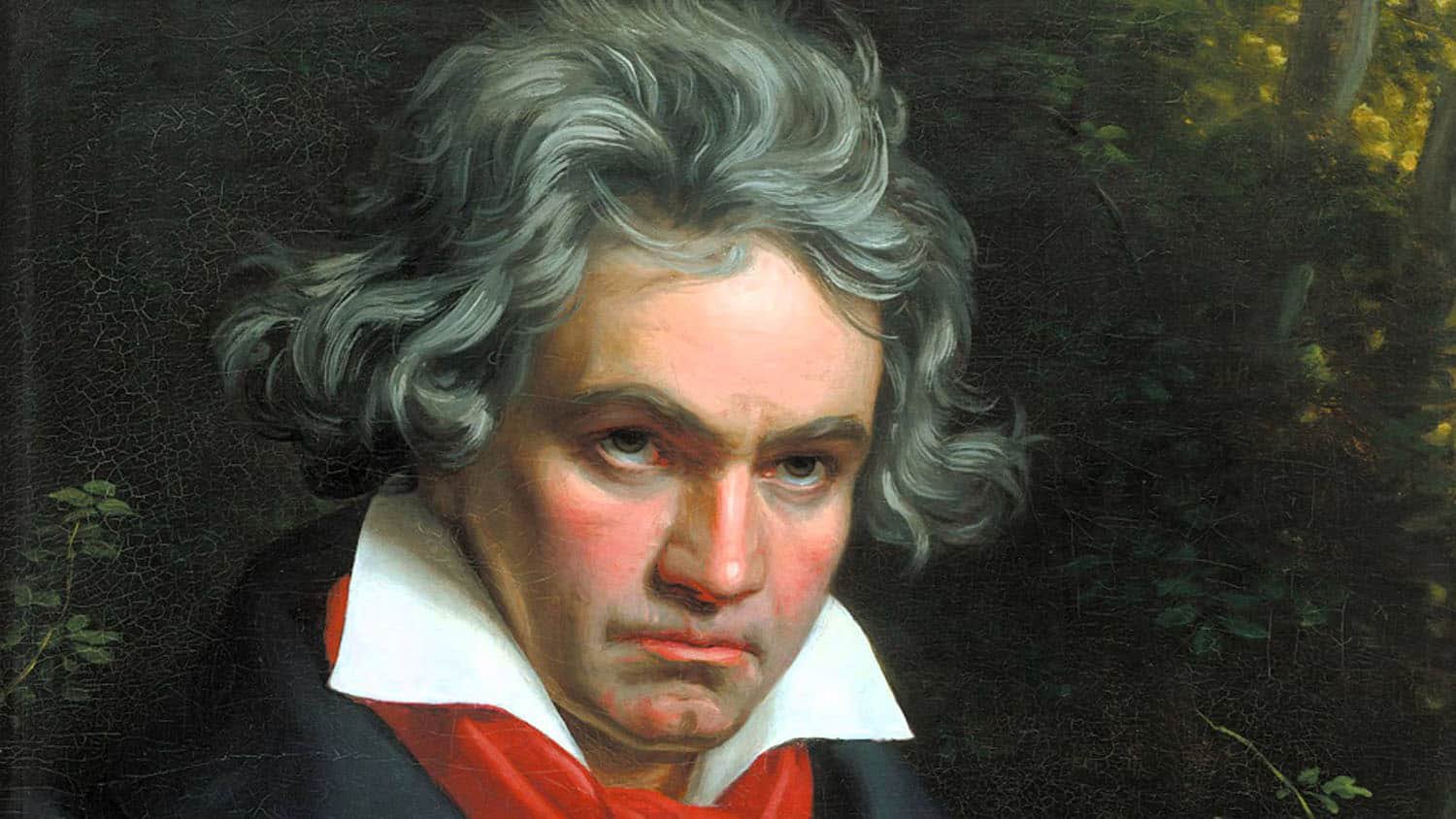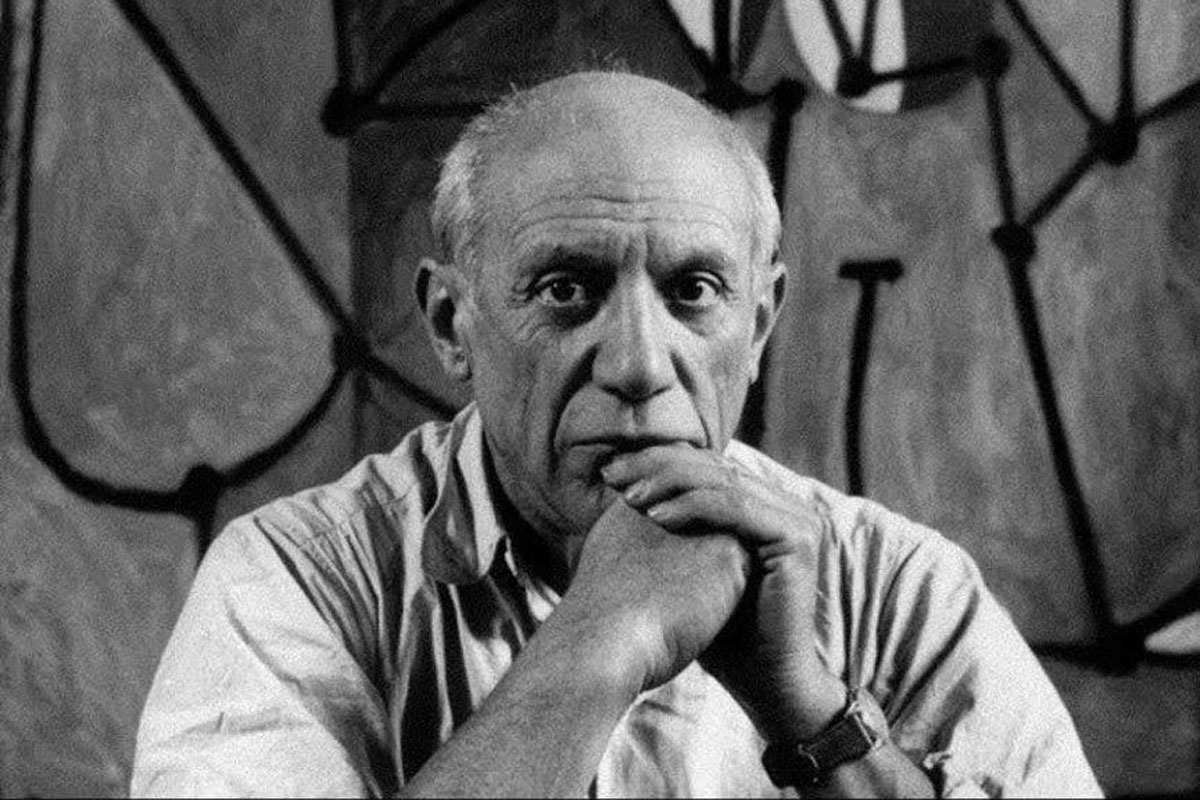This series of articles seeks to examine the character attributes of highly successful leaders, regardless of their adherence to a strong faith or moral standard. In presenting these thoughts, Leadership Ministries is not agreeing with or advocating these traits or practices, but rather presents these as ideas for discussion and development in your own leadership journey.
Dr. Martin Luther King, Jr. (1929-1968) was a Baptist minister and activist, and the most prominent leader of the American civil rights movement of the mid-twentieth century. King is particularly known for his nonviolent approach to civil rights, leading targeted resistance to Jim Crow laws and other forms of discrimination. He led marches for the right to vote, desegregation and labor rights. He was among the leaders of the 1963 March on Washington, where he delivered his timeless “I Have a Dream” speech on the steps of the Lincoln Memorial. He was pivotal in the passing of the Civil Rights Acts of 1964, the Voting Rights Act of 1965 and the Fair Housing Act of 1968. On October 14, 1964, he won the Nobel Peace Prize.
King was born in Atlanta, Georgia and grew up in a segregated South. The son of a Baptist minister, he grew to question Christianity as a youth and was troubled by racial injustices he witnessed daily. King said, “Any religion that professes to be concerned about the souls of men and is not concerned about the slums that damn them, the economic conditions that strangle them and the social conditions that cripple them is a spiritually moribund religion awaiting burial.” In high school he took a keen interest in English and sociology and became known for his public speaking ability. On April 13, 1944, in his junior year, King gave his first public speech during an oratorical contest. He stated, “Black America still wears chains. The finest negro is at the mercy of the meanest white man. Even winners of our highest honors face the class color bar.”[1]
King delivers his “I Have a Dream” speech at the 1964 March on Washington. Photo: Smithsonian
King married Coretta Scott on June 18, 1953, on the lawn of her parents' house in her hometown of Heiberger, Alabama, and they had four children together. Following college and seminary, King became pastor of Dexter Avenue Baptist Church in Montgomery, Alabama, in 1954. It was there that his national crusade for civil rights began. King had a number of leadership characteristics that were typical of his influence throughout his time in the public eye:
Empowering others. King is known for using peaceful resistance to accomplish his civil rights goals. He didn’t do this by himself, he instead created a movement. When Rosa Parks was arrested for refusing to give up her seat on a city bus in 1955, King and others led a bus boycott in Montgomery that lasted for 385 days and drew the attention of national media. The controversy ended when the United States District Court issued a ruling in Browder v. Gayle that prohibited racial segregation on all Montgomery public buses. King and others turned one person’s protest into a national event.
In 1957 King and other civil rights activists founded the Southern Christian Leadership Conference (SCLC), harnessing the collected organizing power of block churches to conduct nonviolent protests. Charles Duhigg writes, “When King recast Montgomery’s struggle by giving protesters a new sense of self-identity, the protest became a movement fueled by people who were acting because they had taken ownership of a historic event. And that social pattern, over time, became automatic and expanded to other places and groups of students and protesters whom King never met.”[2]
Refuse the status quo. King was an active leader who refused to acquiesce to circumstances. His historic “I Have a Dream” speech was seen live by more than 200,000 in Washington D.C. and reverberated around the country for months to follow. Among his remarks: “But we refuse to believe that the bank of justice is bankrupt. We refuse to believe that there are insufficient funds in the great vaults of opportunity of this nation. And so we have come to cash this check, a check that will give us upon demand the riches of freedom and the security of justice.”
The Atlanta Student Movement had been acting to desegregate businesses and public spaces, organizing the Atlanta sit-ins from March 1960 onwards. The movement asked King to participate in a mass sit-in, timed to highlight how 1960’s Presidential election campaign had ignored civil rights. King participated in a sit-in at the restaurant inside Rich’s, Atlanta’s largest department store, and was among the many arrested that day and was sentenced to four months of hard labor. The arrest and harsh sentence drew nationwide attention. Presidential candidates Nixon and Kennedy were asked to weigh in. Nixon did not, while Kennedy exerted pressure to help. Kennedy ended up winning the election and would end up signing key civil rights legislation into law during his term.
The Selma to Montgomery marches were three protest marches, held in 1965, along the 54-mile highway from Selma, Alabama, to the state capital of Montgomery. Photo: Creative Commons
Envision a better tomorrow. King was adept at articulating a positive vision for racial equality in America. His was a fantastic orator who used his speech to bring about change. The words from his famous speech still reverberate decades later: “I have a dream that one day on the red hills of Georgia the sons of former slaves and the sons of former slave owners will be able to sit down together at the table of brotherhood. I have a dream that one day even the state of Mississippi, a state sweltering with the heat of injustice, sweltering with the heat of oppression, will be transformed into an oasis of freedom and justice.
“I have a dream that my four little children will one day live in a nation where they will not be judged by the color of their skin but by the content of their character. I have a dream that one day, down in Alabama, with its vicious racists, with its governor having his lips dripping with the words of interposition and nullification; one day right down in Alabama little black boys and black girls will be able to join hands with little white boys and white girls as sisters and brothers.
“I have a dream that one day every valley shall be exalted, and every hill and mountain shall be made low, the rough places will be made plain, and the crooked places will be made straight, and the glory of the Lord shall be revealed and all flesh shall see it together.”[3]
“I Have a Dream” is regarded as one of the finest speeches in the history of American oratory. It helped put civil rights at the top of the agenda of reformers in the United States and facilitated passage of the Civil Rights Act of 1964. King continued to organize and join protests in places like St. Augustine, Florida (1964), Selma, Alabama (1965) and Chicago (1966). He was in Memphis, Tennessee in 1968, in support of black public works employees who were being treated unfairly. King was fatally shot by James Earl Ray at 6:01 p.m., Thursday, April 4, 1968, as he stood on a motel balcony.



































Michael Jordan is a former professional basketball player and businessman. He played 15 seasons in the NBA and won six NBA championships with the Chicago Bulls.